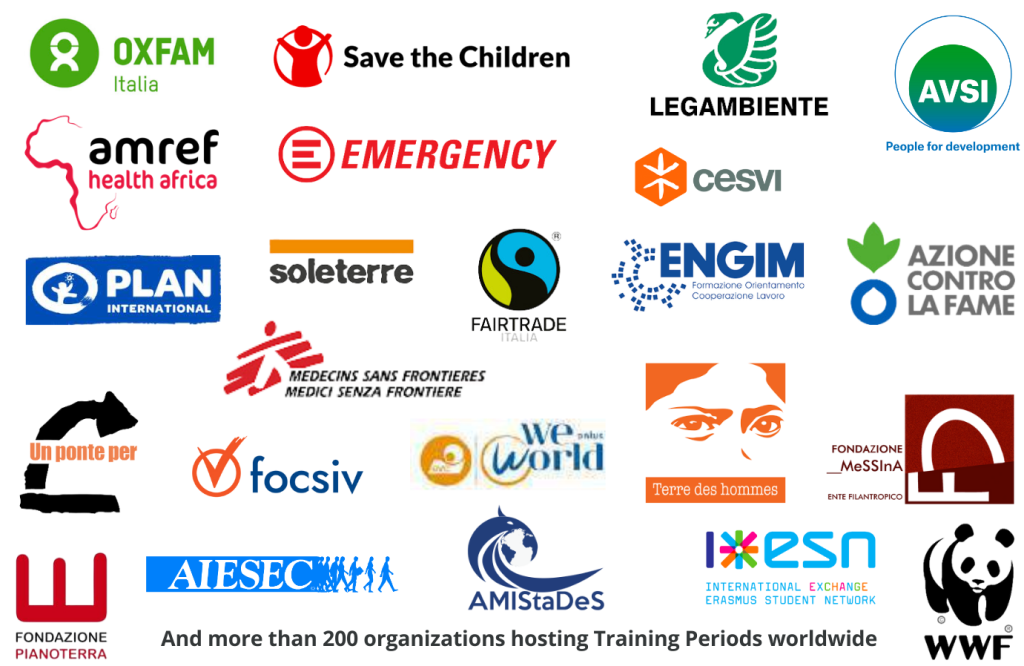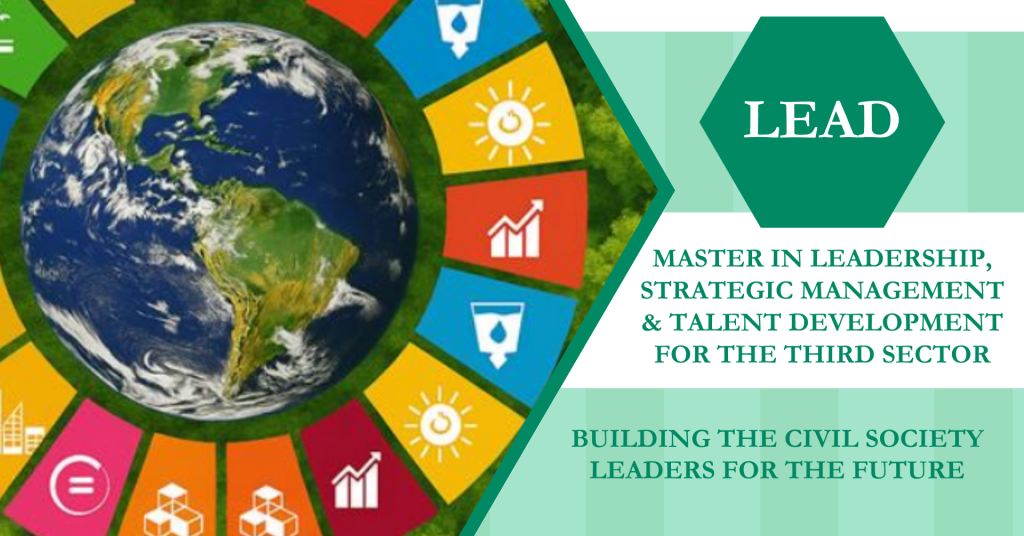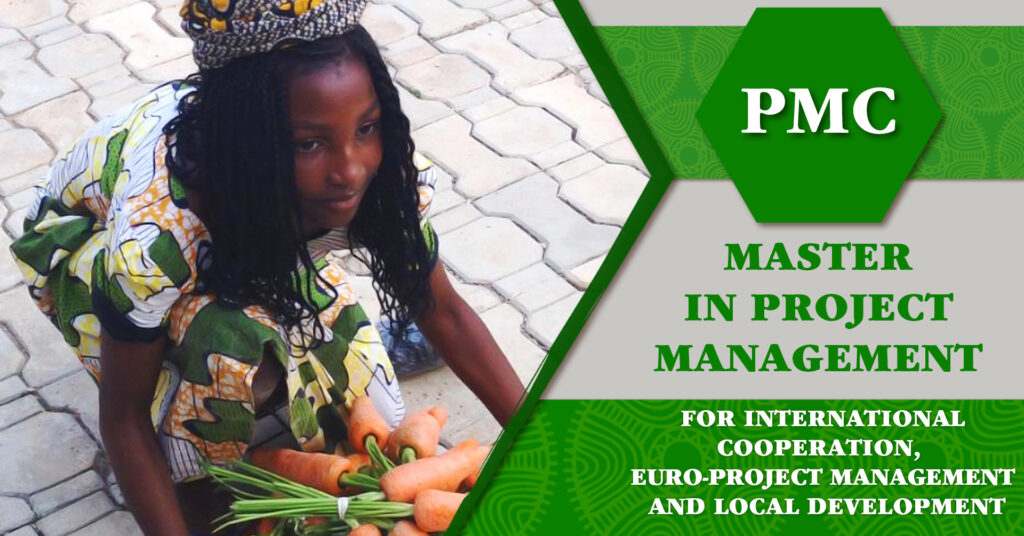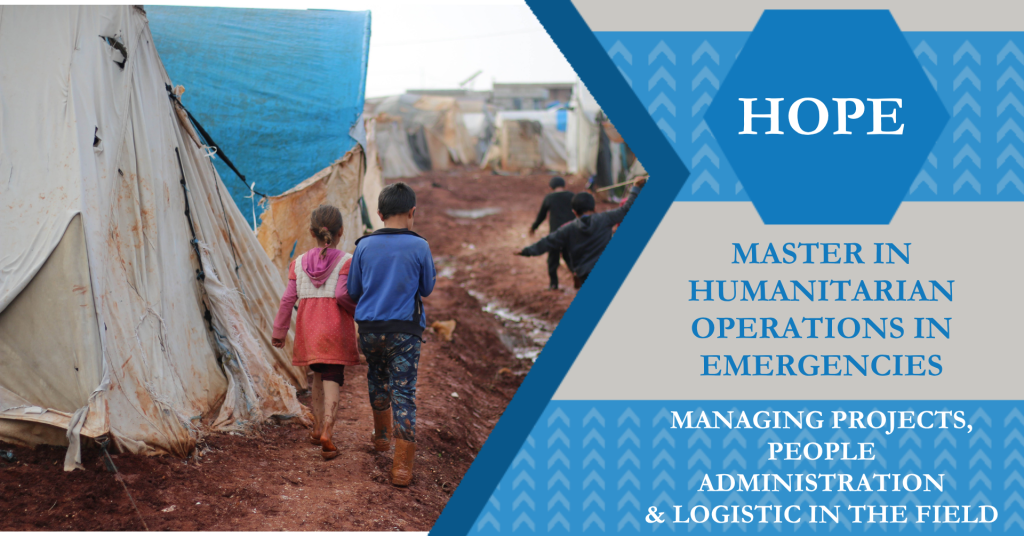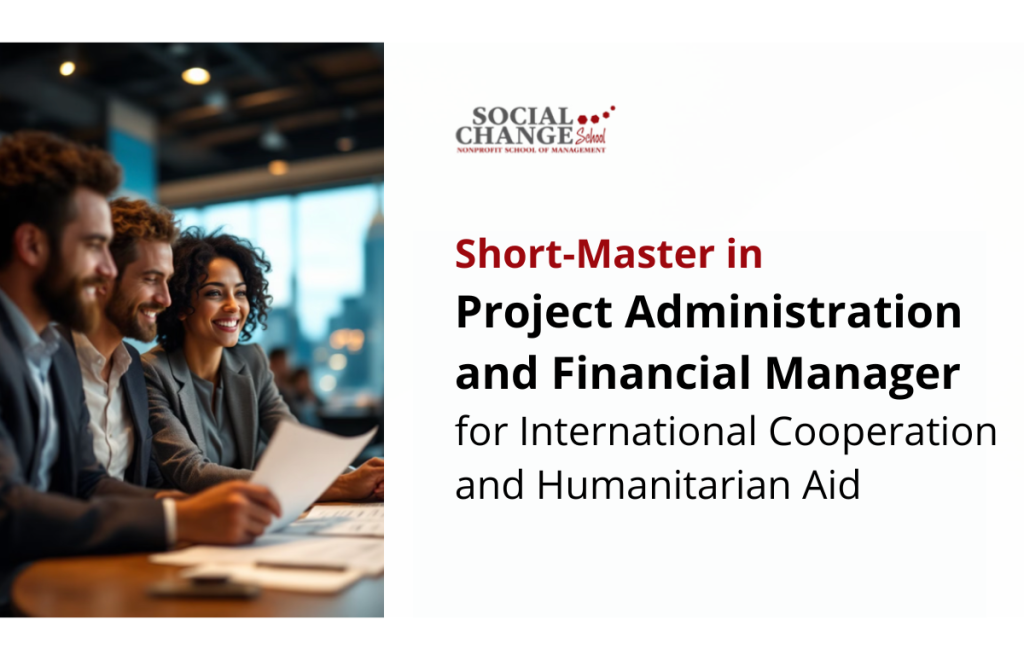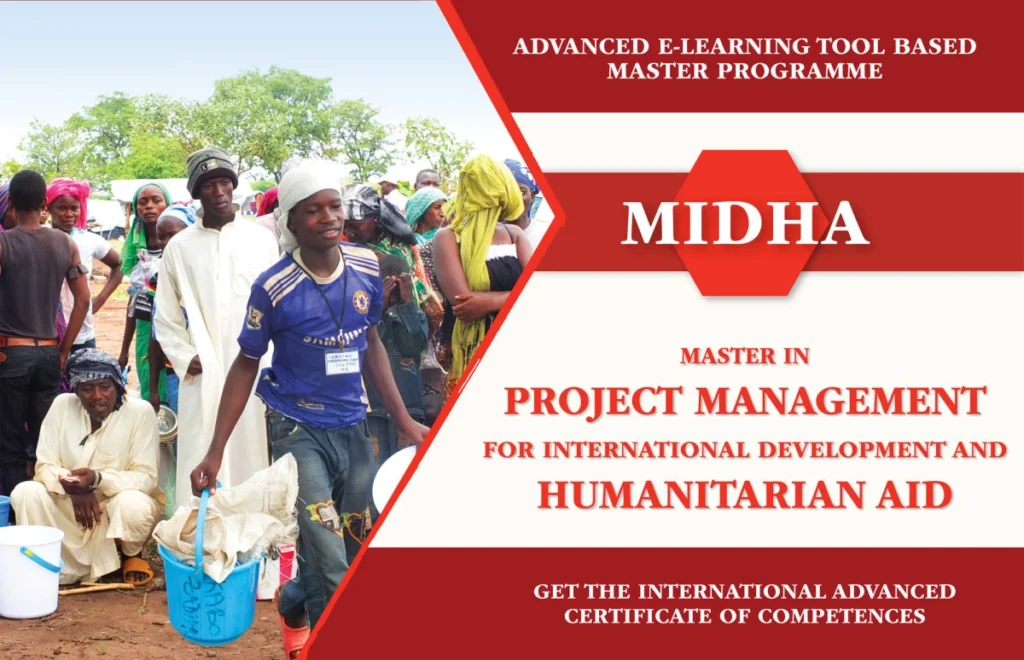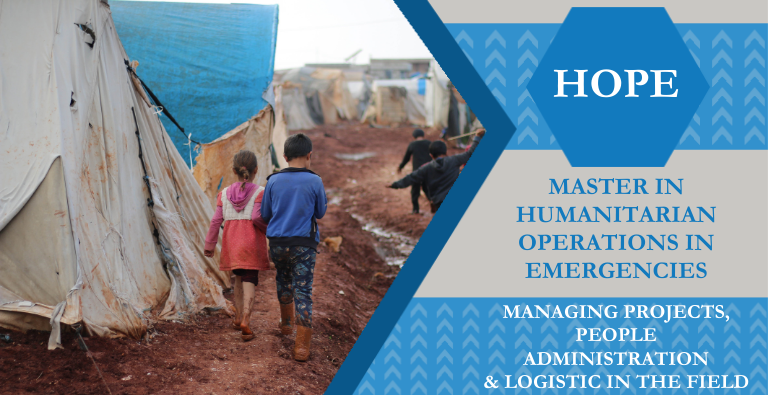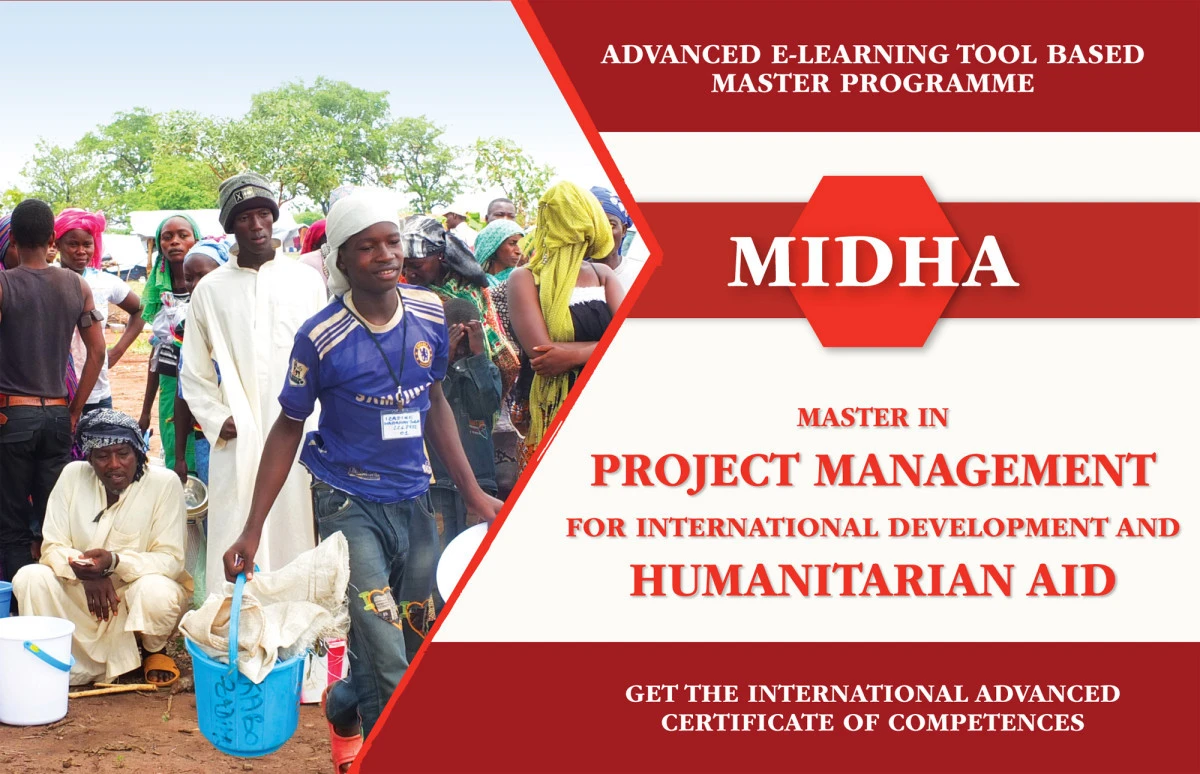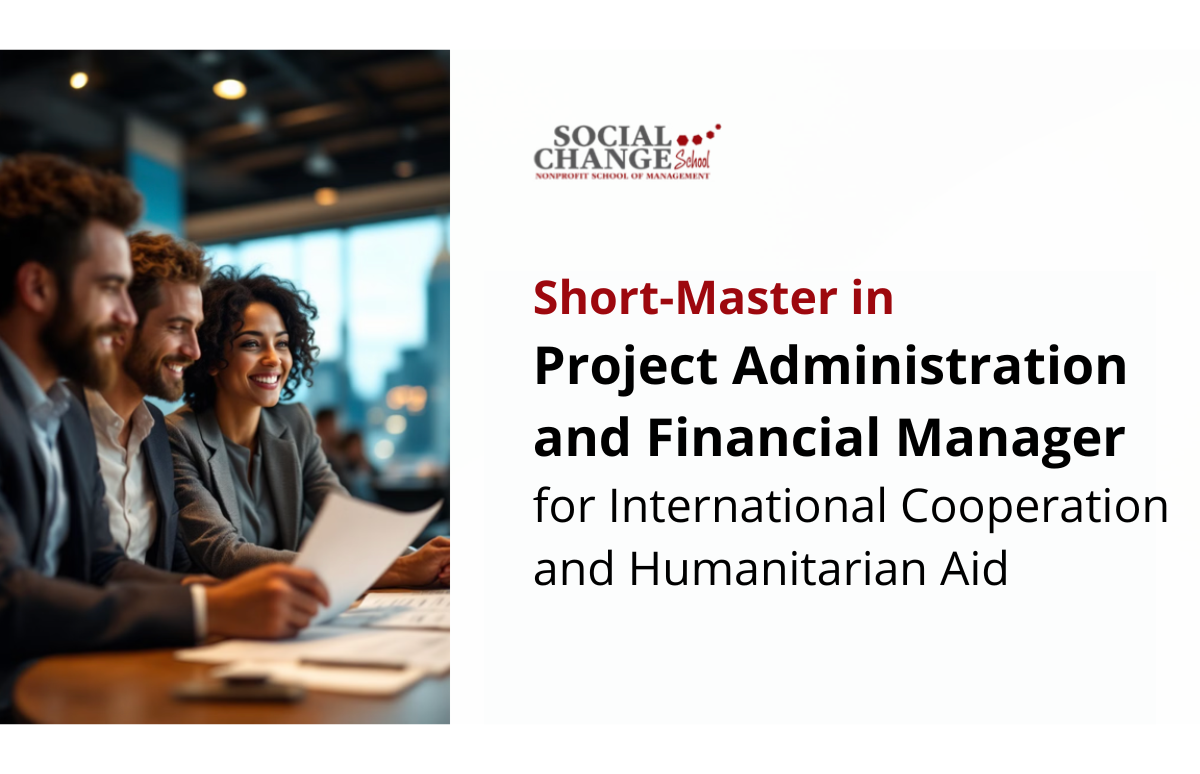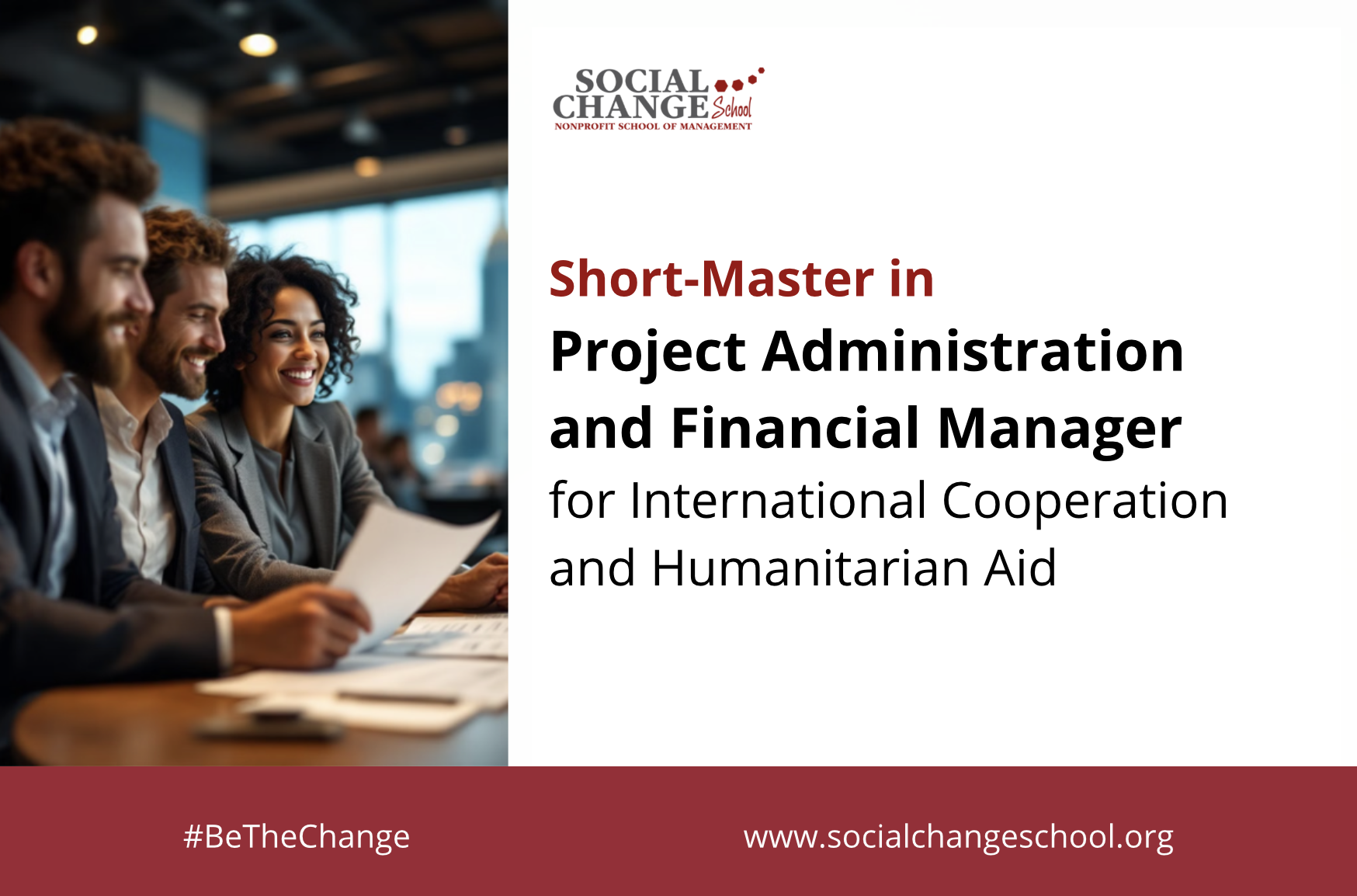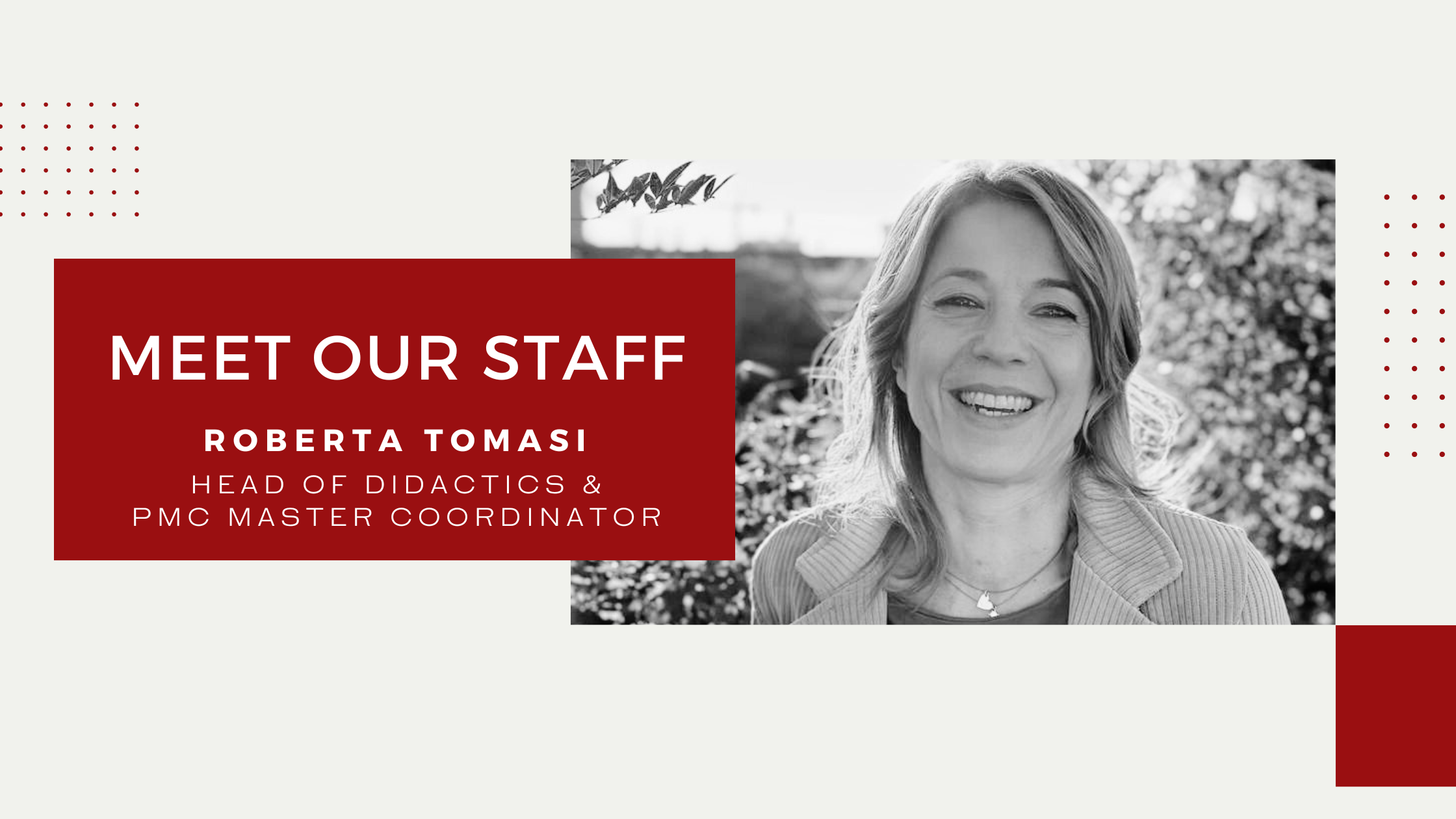We are a Global Ecosystem and the largest professional European cooperation network,
with 2000 alumni worldwide, with 90% employment rate within one year after the Masters.
Find out here on linkedin where our Alumni work in the world.
Social Change School
Worldwide leader for training, connecting and certificating all the professionals and the managers in the Third Sector committed in social change.
Are you ready to work in the NGOs?
Euro-Project Management and
Social Projects
Managing Projects, People,
Administration and Logistics in the Field
Advanced eLearning Master Programme
1 Year
Financial Manager for International Cooperation and Humanitarian Aid
September 2025 – 1st Edition
Blended Formula
A New Master!
Director: Bruno Clerici
International Executive Master
MISSION
We train, connect and certificate the professionals and the managers for the Third Sector.
We contribute to the creation of new leaders and the enforcement of senior leaders,
truly focused on a positive social impact.
We work in partnership with worldwide NGOs.
Social Change School supports the Leaders4Future network, composed by the most important Directors of international NGOs.
Students
70% Women
70% Women
+
0
Employment rate within
one year worldwide
one year worldwide
0
%
Training hours with formula per year:
E-Learning & Workshops
E-Learning & Workshops
0
Organizations that
choose our fellows
choose our fellows
+
0
Partner organizations in Europe,
Africa, Asia and South America
Africa, Asia and South America
+
0
Students and colleagues
recommend our masters
recommend our masters
+
0
%
Last News & Post from our Blog
Our partners
